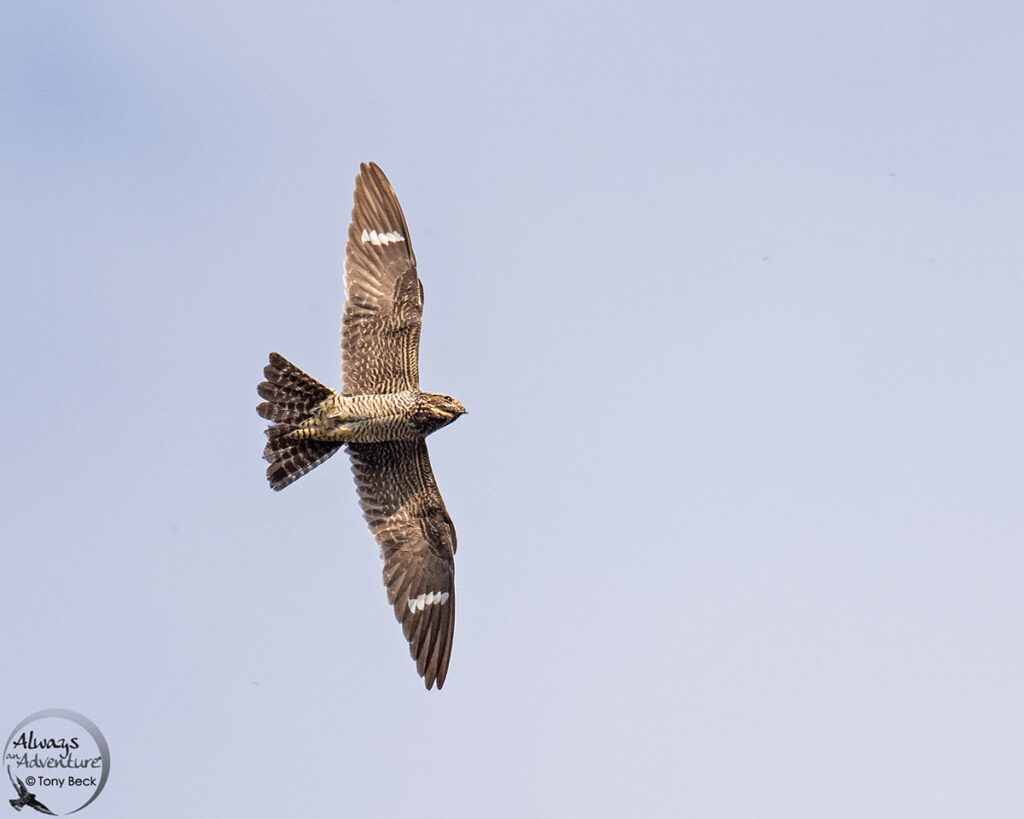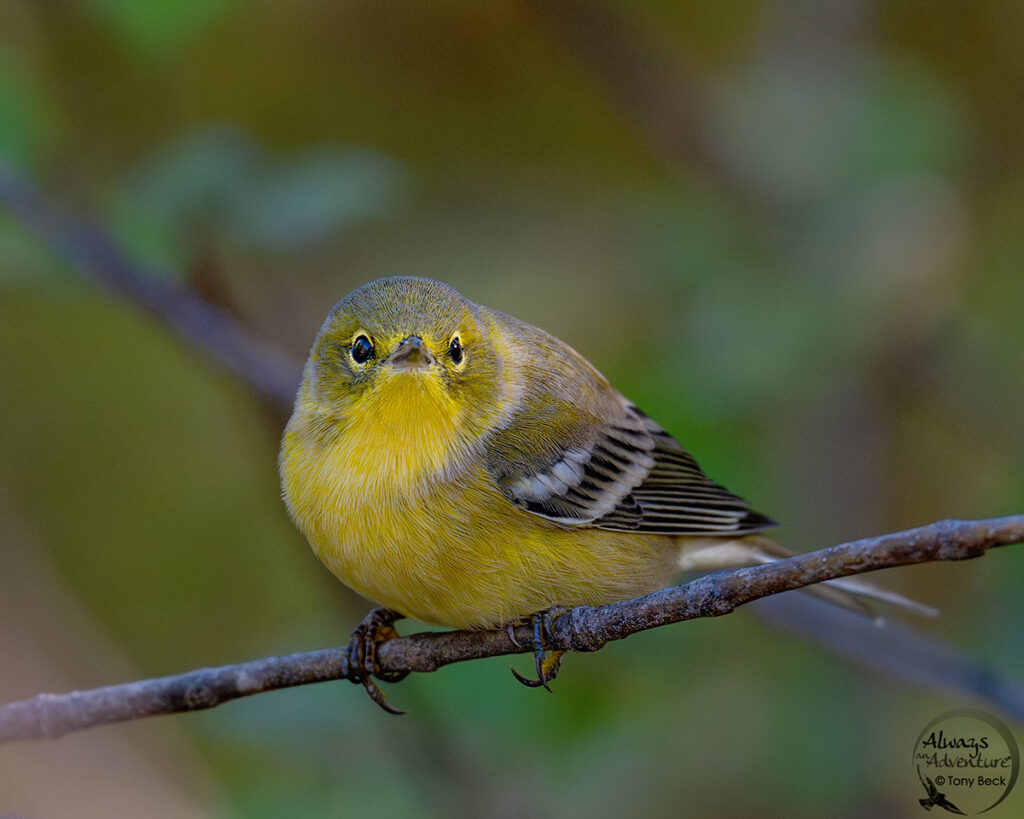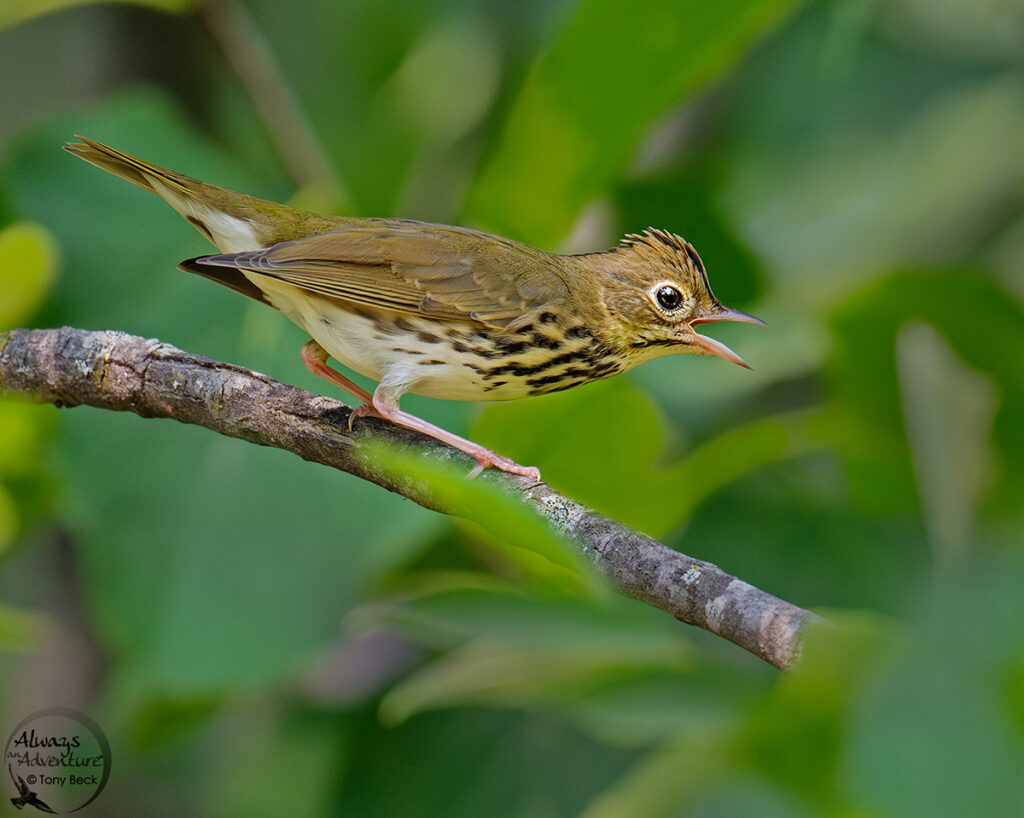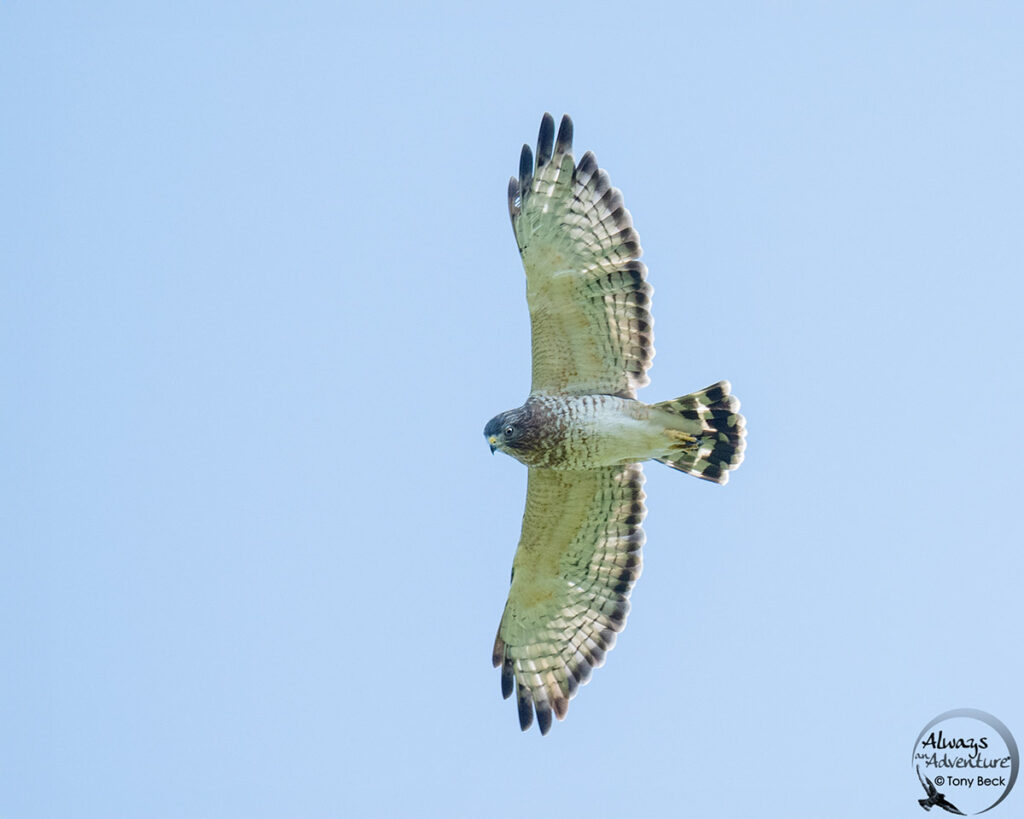Comet C/2023 A3 (Tsuchinshan – ATLAS) as seen from our Laneway – A major feature of country living is the lack of light pollution. Ranked around level 2 on the “Bortel scale”, the night sky above our property is highly ranked for capturing celestial objects like Comet C/2023 A3 and the Milky Way. One of my newest goals is to find nearby scenery with strong compositional value that includes dramatic night skies.
Living was easy from the heights of a comfortably convenient high-rise condominium overlooking the Ottawa River. My cozy unit was low maintenance while its central location helped me create work opportunities. Best of all, my balcony on the 23rd floor overlooked a significant conservation area. With the aid of a powerful telescope, rare and unusual animals could occasionally be observed in the distance. This entertaining endeavor satisfied my goals as a naturalist and birder.
Aurora Borealis over the Madawaska Highlands – Recent flares emitted from the sun had caused a vast display of Northern Lights across the country. Thanks to dark night skies, the display over our remote new location was amongst the most colourful I’ve ever witnessed.
As a photographer however, the condo had its limits, especially when looking for images of wildlife. Urban environments simply can’t satisfy my need to connect with the wilderness and all its elusive life forms. Thankfully, life evolves, and priorities change. Today, I’m working less, and no longer need quick access to airports. The vibrance and intensity of the city had run its course. The conveniences of urban living are no longer necessary or desired. So, we figured it’s time to change our residence.
Blue-headed Vireo – We took ownership of our house in August of this year. Sadly for us, most of the wildlife had already finished their breeding cycle. Blue-headed Vireos were among the few species present from our first days. They continued being observed through early fall. Their behaviour showed signs of nesting somewhere in the nearby forest.
In early August, we took ownership of a house in the remote Madawaska Highlands west of Ottawa. Although we missed most of this year’s bird-breeding season, we moved just in time to witness the trailing end of nesting activities, and the beginning of fall migration. I no longer have the spectacular view of my 23rd floor condo. Instead, I’m now surrounded by mixed forest, extensive wetlands and uncommon animals. Although it’s taken a while to settle into our new digs, we’re finally beginning to truly enjoy the fruits of being immersed into a productive natural environment. Without doubt, the greatest reward is being close to wild creatures and far from the interruptions of humans. Enjoying an abundance of photo opportunities is a bonus. In less than 3 months, I’ve captured some of my clearest photos of migratory warblers and dazzling night skies.
What will the next season bring?
Pine Tree Spur-throat Grasshopper – We intend to share our property with all life forms including insects and other invertebrates. We hope to photograph all types of creatures as we remove all unnatural plants replacing them with native flora. This Pine Tree Spur-throat Grasshopper was busy laying eggs during cool temperatures. It conveniently remained motionless as it focused on its task.
Common Nighthawk – Decades ago, I observed nighthawks nesting inside busy cities. Today, nighthawks are restricted to natural habitats away from urban regions. In late summer, they migrate south over openings in forests. We had several small flocks pass overhead during late August.
Male Pine Warbler – Surrounded by several towering White Pines, we had a family of Pine Warblers on our property throughout the summer and into early fall. The male kept singing on territory through to the end of September before finally leaving.
Ovenbird – Ovenbirds are common, but rarely seen warblers of Canadian forests east of the Rockies, this individual hunted for invertebrates as it wandered close to our deck. Living in close proximity to woodland species dramatically improves chances of photographing them, especially during migration.
Blue Jay – Blue Jays are among the most colourful of our local birds. They were the first animals to visit my feeders. We hope to attract many other species as well. We’re in the process of converting our land into a Canadian Wildlife Federation Certified Wildlife Garden. We’re also involved in several “Citizen Science” programs including Project Feeder Watch, iNaturalist and eBird.
Fall Scenery – Sometimes, rural living includes rustic scenes in close proximity to home. When time permits, we’ll explore an extensive network of nearby backroads making occasional discoveries of compositional gems like this one. Even if the light and colour, doesn’t work at the very moment you make your discovery, you can return later with hopes that photographic conditions have improved.
Common Eastern Bumble Bee on Common Blue Wood Aster – Although invertebrates tend to overwhelm us during warmer months, their diversity is fascinating and somewhat reassuring from a conservation perspective. We hope to find many more colourful and animated creatures as we allow our property to naturalize.
Eastern Chipmunk – We haven’t found many mammals on the property yet. Regardless, the first animal bold enough to take food from my hand was this energetic Eastern Chipmunk.
White-breasted Nuthatch – Although the warblers, tanagers and flycatchers have left for the year, we hope to attract other species this fall and winter. It took a while. But the resident nuthatches have finally become regular visitors to the property, just in time for fall colours as a backdrop. We’re still waiting for an eruption of winter finches to grace us with their presence.
Fall Foliage – Although this year’s display of fall colours was a bit disappointing, we still managed to find a bounty of interesting subjects to photograph. We’re fortunate to have a diverse number of plants on or near our property. We’re expecting a treasure trove of photo opportunities to unfold as we settle in.
Adult Broad-winged Hawk – Since we’re attracting all forms of wildlife to our property, we can expect predators to pay occasional visits. This adult Broad-winged Hawk was part of a family breeding somewhere nearby. When these hawks are present, small birds and mammals tend to hide.
© Tony Beck 2024
ABOUT THE AUTHOR
Tony Beck is an award-winning, Nikon Ambassador, Vortex Ambassador, and freelance photographer based in Ottawa.
He teaches birdwatching and nature photography courses.
Follow Tony’s adventures at www.AlwaysAnAdventure.ca























Hi Tony. Thanks for the update on your home and surroundings. I really liked the chipmunk photo but was captivated by the rural farm which reminded me so much of the summers I spent as a boy on my uncle’s dairy farm near Madoc Ontario. Nothing quite compares to rural Ontario and the wealth of nature it enjoys. I wish you peaceful times, great images, and memorable experiences in your new home.
Wayne
Thanks for the well-wishes Wayne
As a young boy, I spent most weekends hunting and fishing with my Dad and Uncle, mainly in the hills near Perth/Madoc. For me, it was an important introduction to the beauty of nature and wildlife. Our new home is just a little further north of there. A lot has changed over the decades, but I’m still finding quiet areas where we can escape from the pressures of urban living. The rustic scenery and colourful wildlife are a bonus. We’re extremely lucky here in Canada to have so much. By the way, I recall being inspired by one of your presentations in Ottawa way back in the early 90s. Thanks for that. And, if you’re ever in the area, please don’t hesitate to contact us.